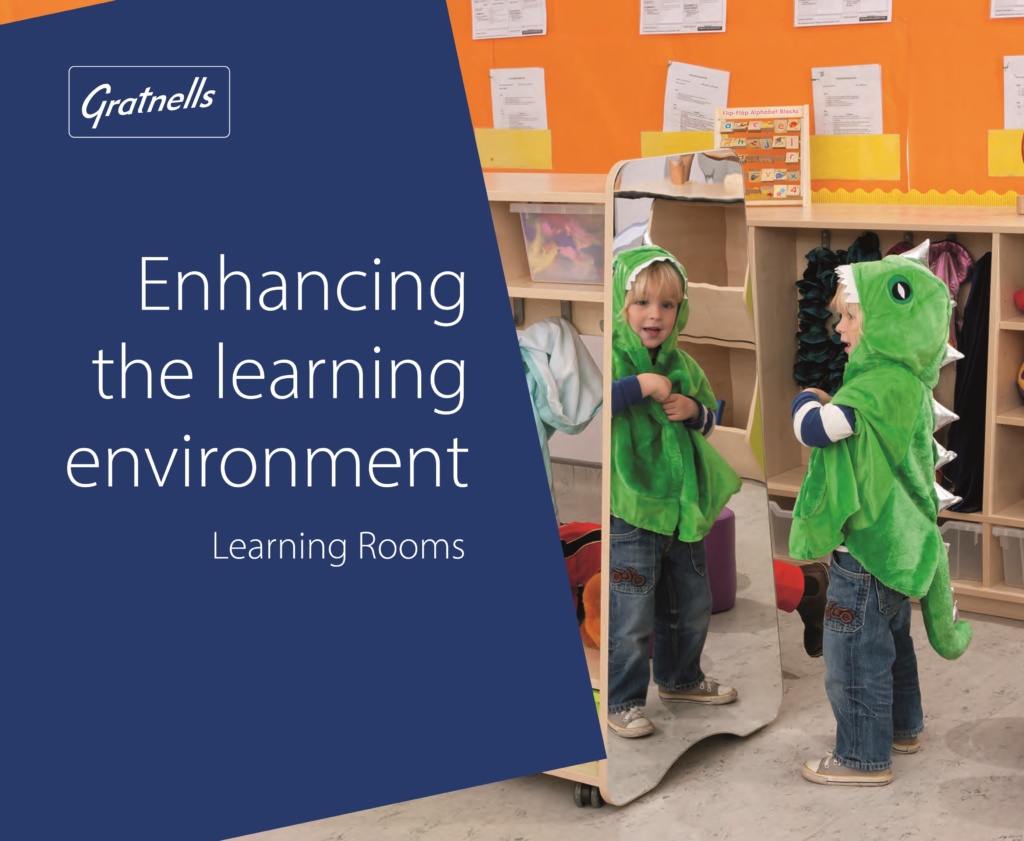
Seventeen years ago, when I first came into this industry, there was a general awareness of the educational benefits of a well organised school and the contribution that good systems made to teaching practice. Having teaching materials readily available and easy to find were of obvious value to teachers, while for pupils a properly planned classroom with storage, display and personal space all made the school day a more pleasurable experience.
Far-sighted educationalists, however, were already beginning to challenge the formality of basics such as rigid, geometric desking arrangements, arguing that learning and creativity required a more flexible and individual approach.
Let me quote you from a recent document written by Professor Peter Barrett, Emeritus professor, University of Salford; Honorary Research Fellow, University of Oxford, and a regular consultant to our business. “Although everyone knows it in their bones, it has been surprisingly difficult to actually evidence that the design of a classroom impacts on the learning rates of the pupils in it. It was not until 2015, after eight years effort by a team of researchers at the University of Salford, that clear evidence was finally pinned down showing that differences in the physical characteristics of 153 classrooms accounted for 16% of the variation in the learning progress of the 3766 children in those spaces.”

In creating learning spaces fit for purpose now, we need also to consider the pace of change and what the world may look like tomorrow, not just to children but to teachers.
For years, we’ve been amongst those suppliers contributing to good order and to creating a learning environment that was open, colourful and stimulating. Our own learning process, listening to our customers, looking at the work of progressive movements such as Montessori and being influenced by inspirational figures such as Sir Ken Robinson, enabled us to recognise that we need to look at the whole of the learning environment to maximise our value.
Learning Rooms is the outcome of that philosophical sea-change and it’s an approach which we, working alongside a range of partners and collaborators, are now helping to implement. We believe the case is proven and that it’s time to apply these ideas through the application of digital technologies, in the performing arts, in outdoor learning, in all the places where teachers teach and children learn. As Professor Barrett says: